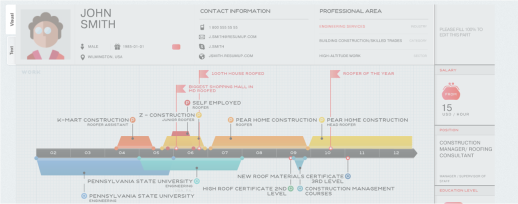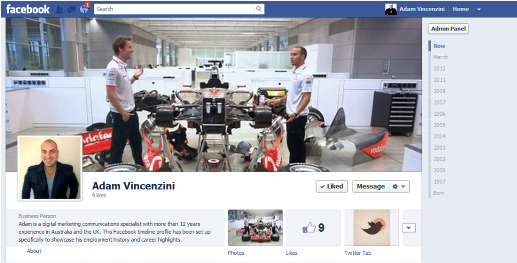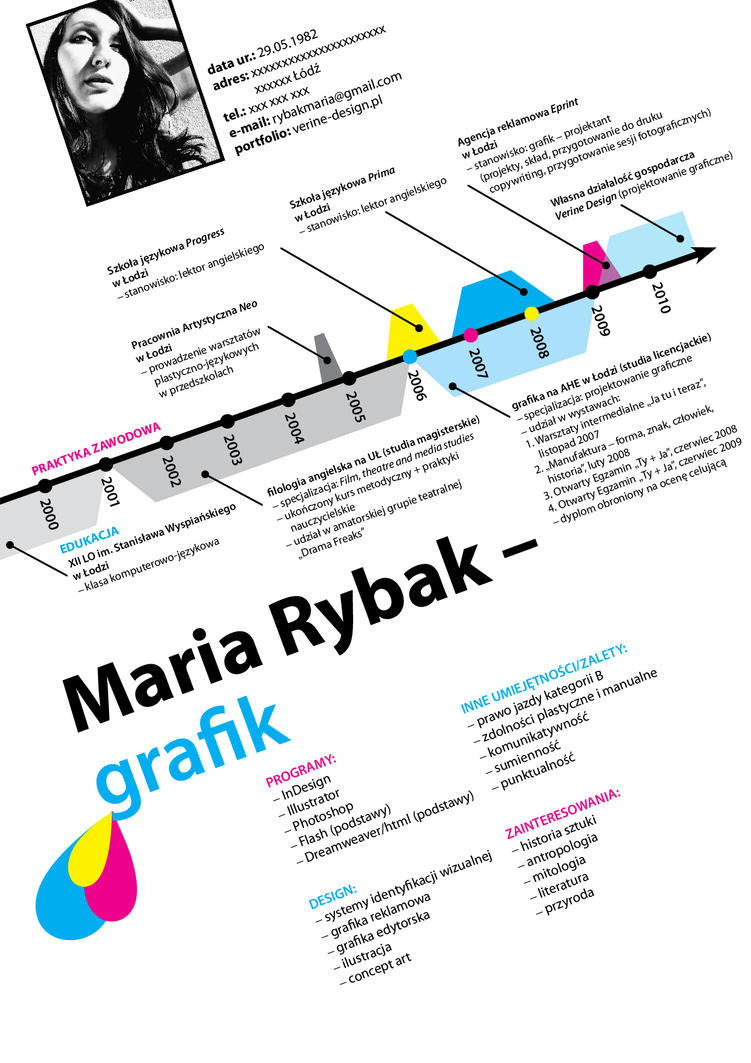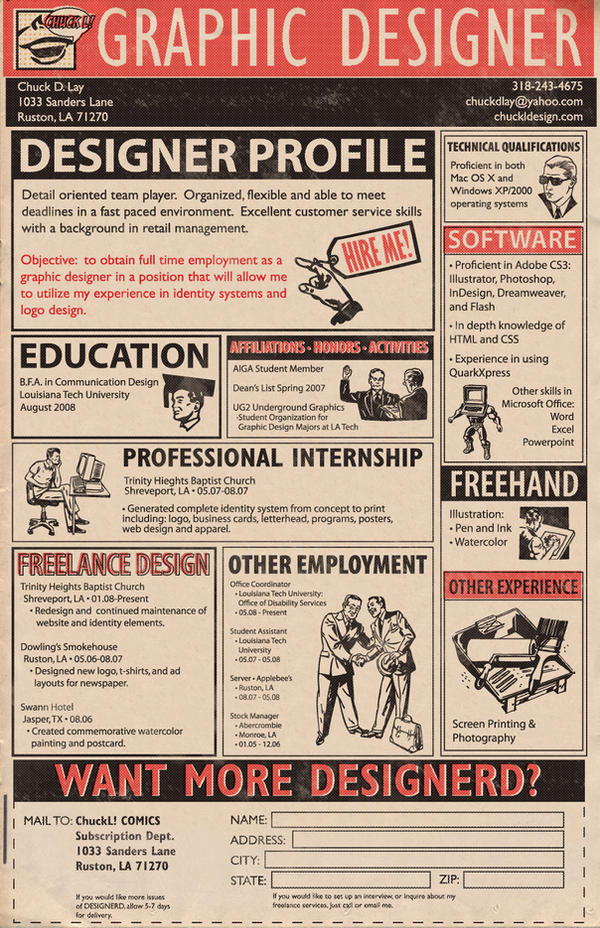Have a creative resume is important, because it will speaks your capability and cretivity. And clean design it will give a professional, clean impression to employer.
In this showcase article we have collected 55 examples of creative resume with clean design style, I hope they will inspire you in designing your own creative resume that represent yourself.











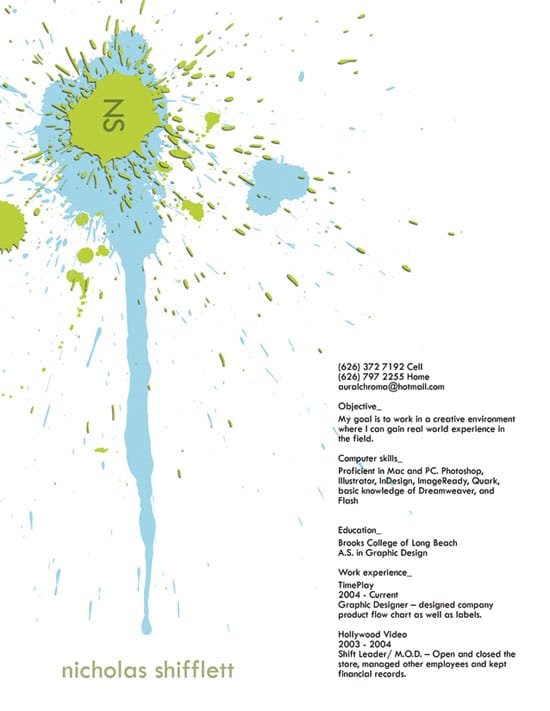












































Joshua Taylor CV

SuperMaryAnn Resume

Loubna Aggoun CV

Curriculum Vitae by Verine

Personal Resume Draft by Steven Duncan

Curriculum Vitae by AkiDesign

Curriculum Vitae by 802.11

Timeline Resume by Robert Berg

Work Resume by Yingzhy Luqiu

TLS Resume 2008

Resume by xiruxiru

Resume by zxcxvxc

Resume by brazilnut

Typographic Resume by mac1388

My Resume by darthkix

Resume by KevinPire

Resume by Kyuzengi

Resume by heydani

Resume by twolapdesigns

Resume by Akashrine

Resume Espanol by rogaziano

Resume by bdechantal

Curriculum Resume by toromuco

Resume W.I.P. by AchisutoShinzo

Resume by LordGabsta

My Resume by littlearashi

Resume by Giemax

Resume by Johnnywall

Curriculum Vitae by Uito2

My curriculum vitae by flaterie

Resume by Balazy

Latest CV by xchingx

Hello my name is C.V. by RichardTheRough

CV 2010 by waelthepro

My CV by ChellyTots

Portfolio 2010 Concept by ardcor

Resume by naveenmamgain

My Resume by montia

A Resume by duhkine

My Resume by L Hollis

KenjiBoy Resume by kenji2030

Resume by srtcynthia

CV 2009 by faratiana

Resume 2010 by DragonLadyCels

My Resume by JuDesIgnEr

Resume by starbeams

Resume by zakovska

Resume by Valmont-Design

Chevaughn Resume

My Resume by Pau Morgan

Resume the Creative Dork by pyrotensive

Newest Resume by pixelprop
Nice Resume by Exeivier

My Resume by eshriner

Resume Design by MegaBoneDesigns

Resume by s1206

Posted in Uncategorized
Leave a comment
Guide for Archiving
AIGA strives to meet professional standards in our quest to
document the history of AIGA’s role in a dynamically adapting profession
as well as sharing standards that our member designers should use in
protecting their own history.
To demonstrate this, AIGA worked with the Dutch Archives for Graphic Designers (NAGO) in the Netherlands to publish an English version of A Concise Guide to Archiving for Designers. In 10 short chapters the guide provides designers with the proper ways to store and describe their collections. The author, Karin van der Heiden, provided the translation.
A Concise Guide to Archiving for Designers is a publication from NAGO, a foundation that seeks to collect, preserve and provide digital access to the archives of prominent Dutch designers. The archives are published on the NAGO website.
To demonstrate this, AIGA worked with the Dutch Archives for Graphic Designers (NAGO) in the Netherlands to publish an English version of A Concise Guide to Archiving for Designers. In 10 short chapters the guide provides designers with the proper ways to store and describe their collections. The author, Karin van der Heiden, provided the translation.
Ten tips for designers to avoid an archiving disaster:
- Do not keep everything. Archiving is identifying.
- Keep the process, not only the final result.
- Keep items that belong together, together. Archiving is organizing.
- Describe what you have and where you have it stored.
- Keep your archive in a safe place-high and dry.
- Remove the enemies.
- Protect your archive from mold, animals and bugs.
- Safely house your archives in suitable boxes, files, folders or tubes.
- Think about digital durability.*
- Keep old technology and equipment.*
* Updated December 2010
With the rapid advancement of information technologies, the recommendations for digital archiving have changed. Tips 9 and 10 have been revised since the guide was published in 2008:9. Think about long-term access.
The sustainability of digital storage is limited. Keep backups on several types of storage to minimize the risk of losing your data. Be mindful of magnetic fields that may wipe the data from the device. Consider remote storage for archival masters and digital backups. Transfer the data to newer storage from time to time.10. Prevent obsolescence.
The readability of your digital data depends on a specific combination of equipment and software. At least once a year, check whether the file formats in your digital archive can still be read. If they are in danger of becoming obsolete, migrate the data to a current format or to an archival file format. Media failure is a real threat for machine-readable formats when the technology becomes obsolete. Technology may be discontinued every couple of years.A Concise Guide to Archiving for Designers is a publication from NAGO, a foundation that seeks to collect, preserve and provide digital access to the archives of prominent Dutch designers. The archives are published on the NAGO website.
Posted in Uncategorized
Leave a comment
The Art of Typography
The Art of Typography #79 by Sabeena Karnik
November 04, 2011 | 27 comments (413931 views)
In this weeks typography series I have some great typography artworks made by Sabeena Karnik, a designer from Mumbai, India. This week not digitally manipulated stuff, but some really impressive paper works. Don’t scroll to fast through these images but take a closer look at every picture and don’t forget it is all paper you see!
